How long to stake new tree?
johns08
16 years ago
Related Stories

LIFEEasy Green: Modern Homesteaders Stake a Claim
With more options for raising chickens, growing edibles and keeping bees than ever, suburban and city folk are rediscovering a lost art
Full Story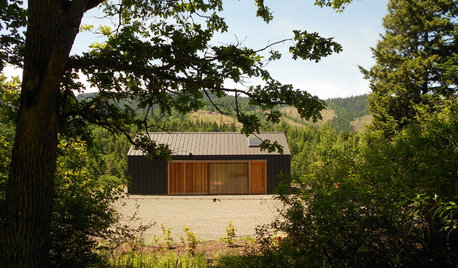
OUTBUILDINGSA Modern Tractor Shed Stakes Its Claim in the Landscape
Standard materials used in an artful way create a sophisticated outbuilding and a stylish welcome home
Full Story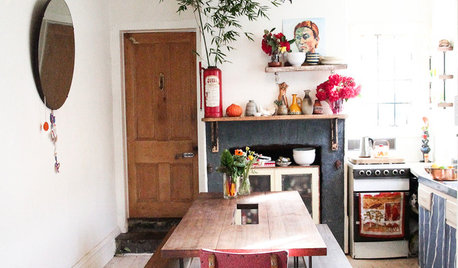
Camp Nostalgia Makes a Stake at Home
Retro camping-style elements are bringing comfort, simplicity and a sense of adventure to today's home interiors
Full Story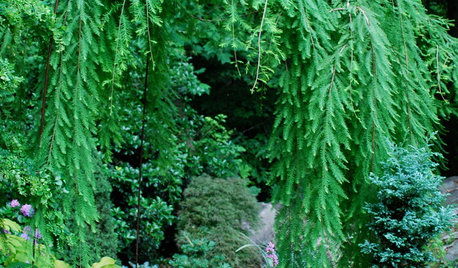
LANDSCAPE DESIGNThe Weepers and the Creepers: 10 Intriguing Trees for Your Garden
Bring something a little different to your landscape with a tree that dives, twists or crawls
Full Story
GARDENING GUIDESWhen and How to Plant a Tree, and Why You Should
Trees add beauty while benefiting the environment. Learn the right way to plant one
Full Story
EDIBLE GARDENSHow to Add an Apple Tree to Your Edible Garden
Readily available, beautiful and fragrant, apple trees offer four-season interest along with crisp, juicy fruit
Full Story
FALL GARDENING6 Trees You'll Fall For
Don’t put down that spade! Autumn is the perfect time for planting these trees
Full Story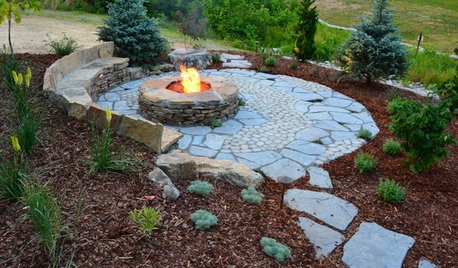
HOLIDAYS10 Ways Your Christmas Tree Can Live On After the Holidays
Learn how to recycle your Christmas tree and reap benefits for the environment
Full Story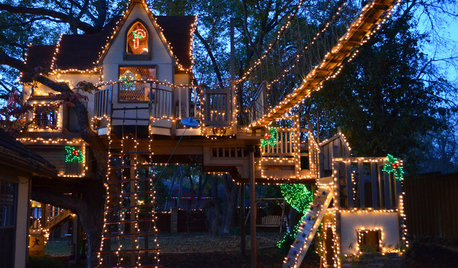
MOST POPULARA Magical Tree House Lights Up for Christmas
From the Most Popular file: An incredible tree house takes things up a notch for the holidays. See how it came to be
Full Story
TREESHow to Buy Healthy Trees and Shrubs
A healthy young plant with a strong form is more likely to do well in your yard. Here’s what to look for at the nursery
Full StoryMore Discussions










ken_adrian Adrian MI cold Z5
greengardener07
Related Professionals
Deer Park Landscape Architects & Landscape Designers · Folsom Landscape Architects & Landscape Designers · Kyle Landscape Architects & Landscape Designers · Lowell Landscape Architects & Landscape Designers · Maple Heights Landscape Architects & Landscape Designers · Berwyn Landscape Contractors · Dinuba Landscape Contractors · Goodlettsville Landscape Contractors · Milford Mill Landscape Contractors · Pikesville Landscape Contractors · Quartz Hill Landscape Contractors · Glen Burnie Siding & Exteriors · South Plainfield Siding & Exteriors · Montgomery County Decks, Patios & Outdoor Enclosures · Parlier Decks, Patios & Outdoor Enclosureswisconsitom
lou_spicewood_tx
Dibbit
Dave in NoVA • N. Virginia • zone 7A
ken_adrian Adrian MI cold Z5
jimtnc
cascadians
johns08Original Author
donna201
gardengal48 (PNW Z8/9)
Sherwood Botsford (z3, Alberta)
markisaacs69_yahoo_com